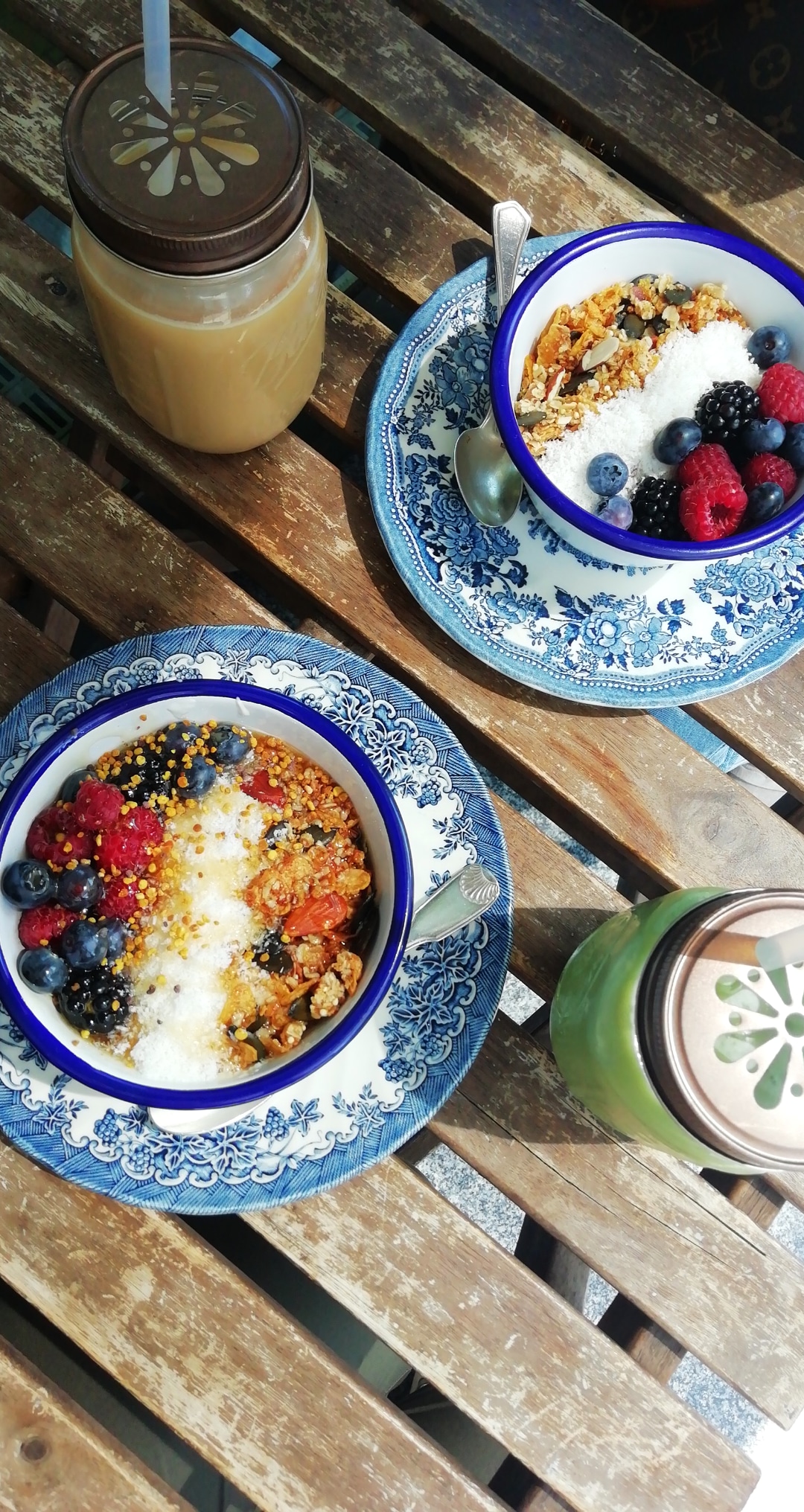Recipes and ideas on how to enjoy a gluten-free.
A gluten-free diet is a diet that excludes foods containing gluten. Gluten is a protein found in wheat (including spelt), rye, barley and oats.
This means that gluten is present in a wide variety of foods including flour, bread and baked goods, cereals, pasta, processed foods, takeaways, snacks, beer, seasonings, sauces and stock cubes.
What problems can gluten cause?
For some people, gluten can cause a variety of unpleasant symptoms after consumption, such as abdominal pain, diarrhea, bloating, fatigue, lack of concentration and general aches and pains.
Although gluten intolerance is considered quite common, it is important to find the cause of any symptoms to ensure that there are no serious medical problems such as coeliac disease.
Can you switch to a gluten-free diet without a medical reason?
Yes, but be careful of any deficiencies!
Many people think that a gluten-free diet is a healthy alternative, but this is not the case. Gluten-free food products often have a higher fat or sugar content to make the food tastier and give it a better consistency.
Gluten itself does not offer any particular nutritional benefits, however, the many whole grains that contain it do. They are rich in vitamins and minerals such as vitamin B, folate, iron, as well as fibre. You may be missing out on these nutritional benefits if you are following a gluten-free diet and have not sought professional help to ensure that your diet is well balanced.
What foods should I avoid on a gluten-free diet?
The main sources of gluten in the diet are as follows below:
- Wheat-based foods such as wheat bran, wheat flour, spelt, durum wheat, kamut and semolina
- Barley
- Malt
- Brewer’s yeast
Below are some foods to which gluten-containing ingredients can be added:
- Bread. Any bread made from wheat.
- Pasta. All wheat-based pasta.
- Cereals. Unless they are labelled gluten-free.
- Bakery products. Cakes, biscuits, muffins, pizzas, breadcrumbs and pastries.
- Snacks. Sweets, muesli bars, pre-packed ready meals, roasted nuts, flavoured crisps, popcorn and pretzels.
- Sauces. Soy sauce, teriyaki sauce, hoisin sauce, marinades and dressings.
- Drinks. Beer, flavoured alcoholic drinks.
- Couscous, broth (unless labelled gluten-free).
The easiest way to avoid gluten is to eat single-ingredient, unprocessed foods. Otherwise, you need to read the labels on most foods you buy.
Oats are naturally gluten-free. However, it is often contaminated with gluten, as it can be processed in the same factory as wheat-based foods.
Gluten-free breakfast, the most difficult meal of the day?
This is probably the most challenging meal of the day when you decide to switch to a gluten-free diet.
Here are some ideas on how to keep it fun and full every morning.
Vitality: squeezed orange juice, tea, buckwheat pancakes with honey and soy yoghurt
Cereals: four tablespoons of rice flakes with 200 ml of plant-based/cow milk with two to three fresh fruits, tea.
Sporty: a bowl of brown rice warmed in vegetable/cow milk, a banana, a kiwi, tea.
English: raw tomato slices, raw ham, steamed potatoes, boiled eggs and flower bread (gluten-free), black tea and squeezed orange juice.
Provençal: fruit, two slices of buckwheat bread with a little olive oil, homemade ratatouille spread, water.
Indian: a plate of rice with vegetables (chickpeas or lentils), a portion of steamed vegetables with olive oil, an Idli (steamed bread), green tea.











What do you think?